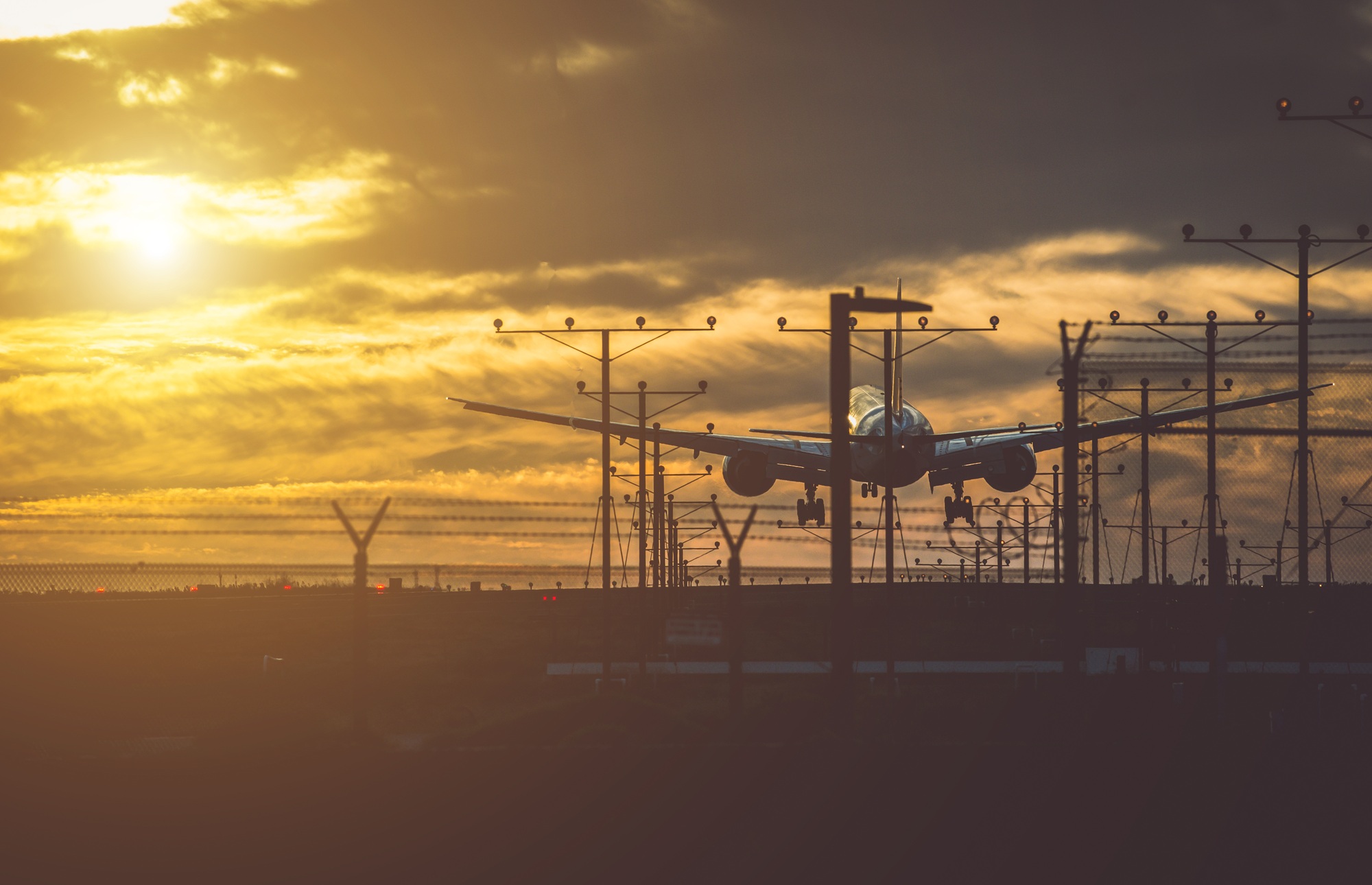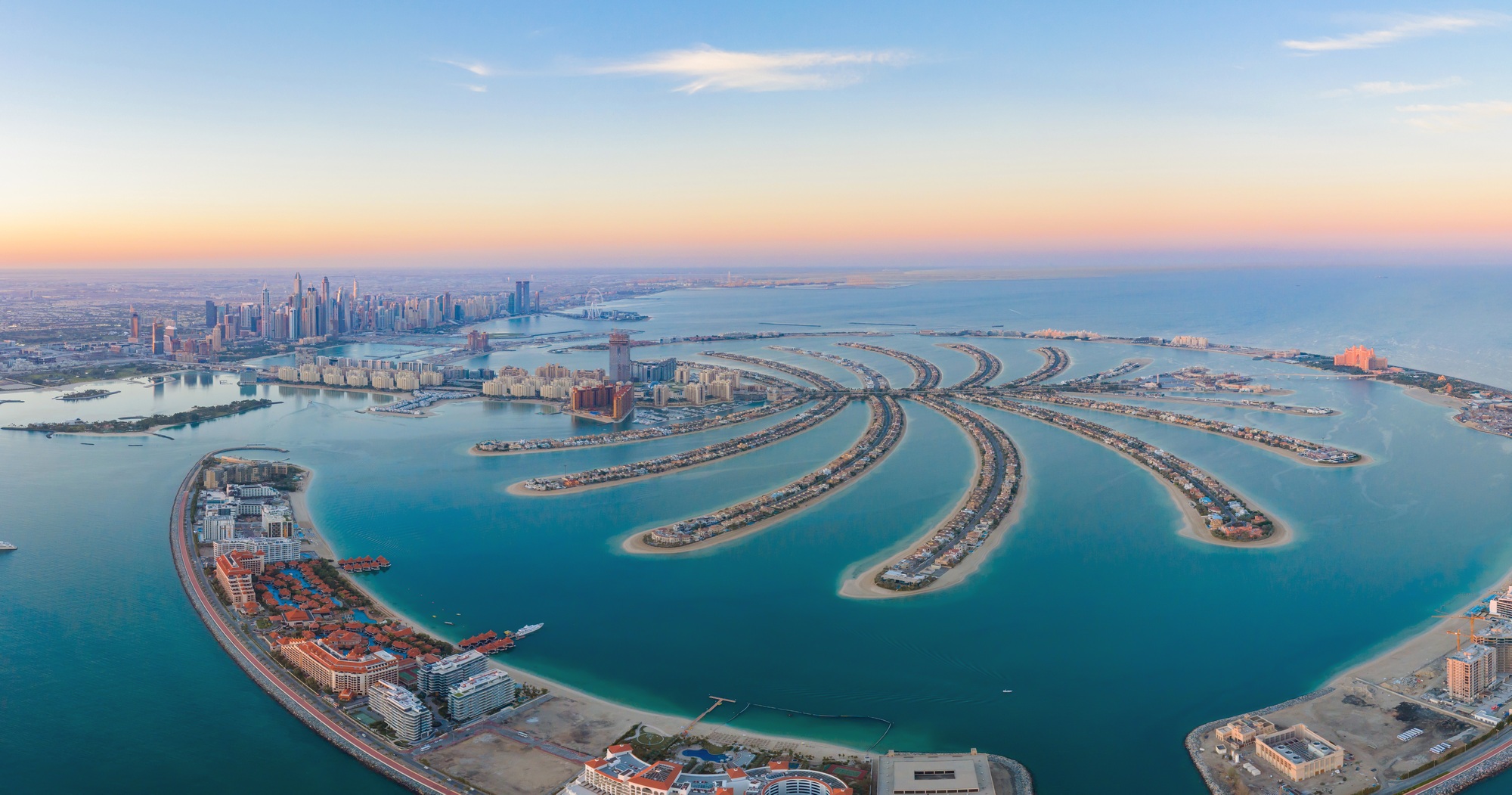Dubai, a city synonymous with luxury, innovation, and futuristic architecture, has also become a global leader in aviation. Over the past few decades, the city has transformed itself from a small desert trading post into one of the world’s busiest and most important aviation hubs. Today, Dubai is home to some of the world’s most impressive airports, airlines, and aviation infrastructure. So, how did Dubai achieve such a remarkable feat? Let’s take a closer look at how the city became a global aviation powerhouse.
The Strategic Location
One of the key factors that contributed to Dubai’s rise as an aviation hub is its strategic geographical location. Positioned between Europe, Asia, and Africa, Dubai sits at the crossroads of international air travel. This prime location allows Dubai to serve as a major transit point for travelers flying between these regions. With easy access to key markets, Dubai’s airports are ideally situated to connect passengers to almost every corner of the globe.
The Rise of Emirates Airline
Arguably the most significant player in Dubai’s aviation success story is Emirates, the national airline of the UAE. Founded in 1985 with just two aircraft, Emirates has grown into one of the largest and most successful airlines in the world. The airline’s rapid expansion is a testament to Dubai’s commitment to becoming an aviation leader.
Emirates’ growth was fueled by significant government support, which allowed the airline to invest in a fleet of modern, fuel-efficient aircraft, including the iconic Airbus A380s and Boeing 777s. With a strong focus on exceptional service, cutting-edge technology, and luxury offerings, Emirates has earned a reputation as a top-tier global airline, attracting millions of passengers every year.
Today, Emirates operates flights to over 150 destinations in more than 80 countries. Its ability to connect passengers to the world’s major cities has solidified Dubai’s position as an aviation hub of global significance.
Dubai International Airport (DXB)
Another major factor in Dubai’s aviation rise is the development of Dubai International Airport (DXB), one of the busiest and most modern airports in the world. Opened in 1960, DXB began as a modest facility serving a small number of international flights. However, the airport’s expansion over the years has been nothing short of extraordinary.
The airport’s most significant milestone came with the opening of Terminal 3 in 2008, which was designed specifically for Emirates. Terminal 3, the largest airport terminal in the world, is a stunning example of Dubai’s commitment to providing world-class aviation infrastructure. With the capacity to handle more than 20 million passengers annually, it plays a pivotal role in Emirates’ operations and the overall success of Dubai as an aviation hub.
In recent years, DXB has consistently ranked as one of the busiest airports for international passenger traffic. Its state-of-the-art facilities, convenient location, and seamless connections have made it a preferred choice for travelers and airlines alike.
Dubai World Central (DWC)
As Dubai’s aviation industry continues to grow, so does the demand for additional infrastructure. To address this, the Dubai government has invested heavily in the development of Dubai World Central (DWC), a second major airport located just outside the city. DWC is designed to be a fully integrated logistics and aviation hub, catering to both passenger and cargo flights.
Once fully operational, DWC will be able to handle more than 160 million passengers annually, further cementing Dubai’s status as a key player in global aviation. The airport’s design incorporates cutting-edge technology and sustainable features, ensuring that Dubai remains at the forefront of the aviation industry for years to come.
The Role of Dubai Airports
Dubai Airports, the government-owned entity responsible for managing DXB and DWC, plays a crucial role in Dubai’s aviation success. The company has overseen billions of dollars in investments to expand and modernize the city’s airports. Its strategic vision has been focused on enhancing connectivity, improving passenger experience, and ensuring that Dubai’s airports remain at the forefront of global aviation.
Government Investment and Support
The UAE government has played an instrumental role in the development of Dubai’s aviation sector. Through strategic investments in infrastructure, favorable policies for foreign airlines, and the creation of free zones, the government has fostered a competitive environment for the aviation industry. This proactive approach has attracted international airlines to use Dubai as a hub for connecting flights, while also encouraging the growth of Dubai-based carriers like Emirates and flydubai.
Additionally, Dubai’s open skies policy has been a driving force in the city’s aviation success. By maintaining liberal air service agreements with numerous countries, Dubai has become a central point for global airlines seeking to expand their networks.
The Future of Dubai’s Aviation Industry
Dubai’s aviation industry is far from reaching its peak. With the continued expansion of both DXB and DWC, the city is preparing for even more growth in the coming decades. The UAE government has ambitious plans to further develop the city’s aviation infrastructure, including the construction of new terminals, runways, and other facilities designed to keep up with the rising demand for air travel.
Dubai is also embracing the future of aviation technology, with investments in artificial intelligence, automation, and sustainability. The city’s long-term vision includes innovations in air mobility, such as flying taxis and drones, which could further revolutionize the aviation industry.
Conclusion
Dubai’s transformation into a global aviation hub has been driven by a combination of strategic location, world-class infrastructure, visionary leadership, and strong support from the government and airlines like Emirates. Today, Dubai stands as one of the most important centers of air travel in the world, connecting people from all corners of the globe and shaping the future of aviation. As the city continues to innovate and expand, there’s no doubt that Dubai will remain a leader in global aviation for years to come.





